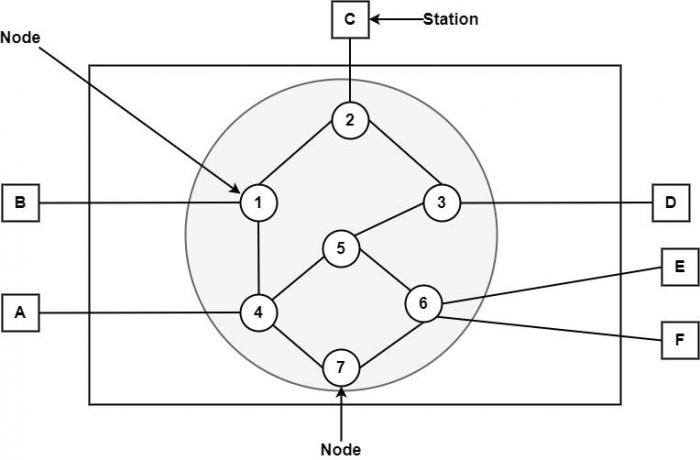
 Data Structure
Data Structure Networking
Networking RDBMS
RDBMS Operating System
Operating System Java
Java MS Excel
MS Excel iOS
iOS HTML
HTML CSS
CSS Android
Android Python
Python C Programming
C Programming C++
C++ C#
C# MongoDB
MongoDB MySQL
MySQL Javascript
Javascript PHP
PHP
- Selected Reading
- UPSC IAS Exams Notes
- Developer's Best Practices
- Questions and Answers
- Effective Resume Writing
- HR Interview Questions
- Computer Glossary
- Who is Who
What is Circuit Switching?
Circuit Switching is a dedicated connection path between the sending and receiving devices. The dedicated route is a connected series of connections between the switching nodes.
A traditional mobile network, where a dedicated route is established between the caller and the called party for the span of a mobile call, is termed as circuit switching.
The circuit switching is depicted in the diagram given below −

Transmission through circuit switching has three phases, which are as follows −
Circuit Establishment
A circuit switching network is necessary to establish an end-to-end link before any signal is transmitted. For example, if the communication is between A and D, then the path from A to node 4 to node 5 to node 3 and D must be established first.
Data Transfer
Once a circuit is established between the two stations, it is exclusively used by the two parties. The information can be transferred from A to D through the network. The data can be analog or digital, relying on the features of the network.
Circuit Disconnect
After the transfer of complete data, the connection is terminated either by the sender or receiver.
Advantages
The advantages of circuit switching are as follows −
During the circuit is settled, data is communicated with no delay.
The approach is feasible for high infinite communication, because a dedicated endless communication route is settled.
The approach is easy and does not require specific facilities.
Disadvantages
The disadvantages of circuit switching are as follows −
The time needed to settle a physical connection between the two stations is considerable.
The network resources are not adequately utilised, because the physical connection is a dedicated one.
It is an uneconomical method.

